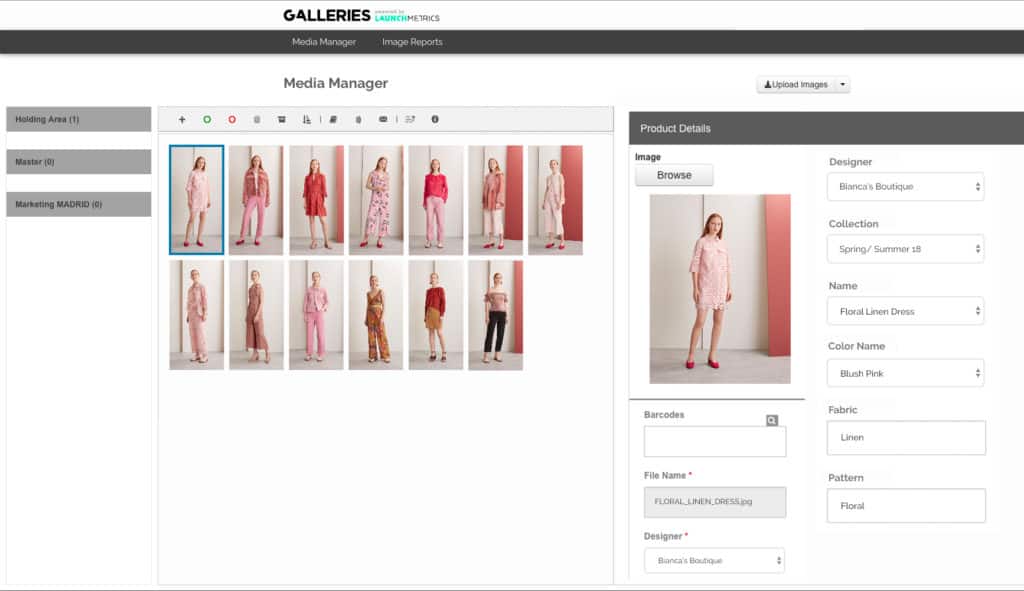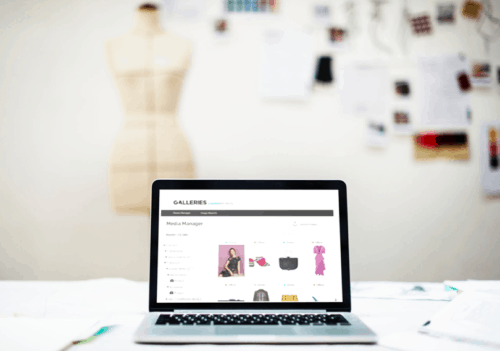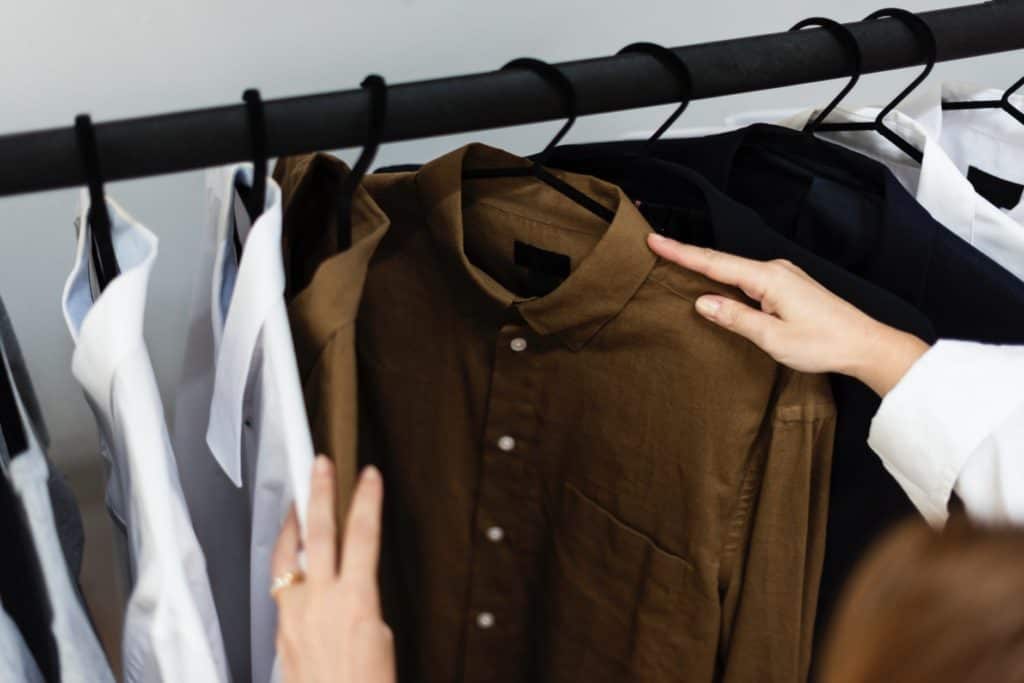It’s safe to say that the fashion industry has gone digital.
Everything from virtual dressing rooms and personalized recommendations to digital influencers have made industry processes extremely fast-paced. In order to keep up with the flow of media, an increasing number of emerging markets and high expectations for efficiency, more and more brands are opting to showcase their collections via digital showrooms. In this article, we analyze the three ways that digital showrooms can boost both sales and traction for fashion brands.
3 Ways Digital Showrooms Are Transforming Fashion Businesses
1) Digital showrooms simplify the wholesale buying journey
At the turn of the season, wholesale teams host buyer after buyer who rush from showroom to showroom viewing collections, making notes and placing orders. But what if you could reduce the average appointment time for each buyer? A digital showroom allows you to fast track your collection to key buyers and editors. By viewing product images, they can pre-edit and select the pieces they would like to see in person, eliminating the need to show the entire collection during the appointment.

Digital showrooms also consolidate product details - such as fabrics, colors, size range, etc. - in a centralized location, which provides buyers and retail partners all the key information they need. Following the selection process, brands can send a follow up containing a package of digital assets including all of the information needed to pass on to retailers. A digital showroom not only simplifies the buying and wholesale process but reduces the number of time buyers are on-site allowing you to schedule more appointments in one day and boost sales for your fashion brand.
2) Digital showrooms can expand global reach.
The rise of social media and digital commerce has expanded fashion beyond the big four: New York, London, Paris, and Milan. Tokyo, Moscow, Lisbon and Cape Town along with a lengthy list of other cities now host dedicated fashion weeks as designers around the globe dictate trends.
But, expending into new markets can prove to be difficult for brands, especially when it comes to targeting multiple small or emerging markets. There is often a lack of resources to set up individual showrooms in these markets; however, they can prove to be extremely beneficial when it comes to driving sales. By using virtual showrooms, brands are able to connect their collections with buyers anywhere in the world. A buyer from a department store in Dubai, for example, can view and request samples they wish to see in person which can then be shipped to their location. Essentially, digital showrooms mimic the buying and wholesale process brands have in their core markets while allowing them the freedom to test new regions.
Through digital showrooms, brands can also share press releases detailing their new collections. Spanish fashion brand, Delpozo, for example, was able to expand its global reach through the use of its digital showroom. Carla Vázquez Jones (Communications Director, Delpozo) stated that "the way we (Delpozo) manage our assets through the digital platform allows us not only to upload images of the collections that we have, but also any type of press announcement or press release, or even events we're organizing." Learn more about this ultimate internationalization story via this link.
3) Digital showrooms increase brands’ media coverage.
The digital revolution is affecting the PR and media relations process as much, if not more, than the buying and wholesale process. With the growth of blogs, influencers, and the global marketplace, the volume of media sources and publications have significantly increased. The result is a 24/7 time pressure to post quality content at a rapid pace. Publications today no longer have the time or budget to shoot every single sample in-house and as a result, they’re looking for high-quality product images they can include in their editorial features.
Digital showrooms act as virtual press rooms for media contacts looking for subject lines and content ideas. Editors can quickly search images by keyword to find the pieces that match their story, as well as having the ability to easily view collections and download images in order to pinpoint what’s trending in the fashion world at that point in time.

Greater accessibility of your digital assets also increases the likelihood of editorial opportunities. Editors are more likely to feature brands they can easily search and download images from, over brands they have to email their request to and wait for responses from. Digital showrooms help generate editorial opportunities and therefore drum up awareness which can translate into increased sales for your fashion brand.
If you want to learn more about digital showrooms and how they can improve PR processes, view our eBook on 5 Reasons to Build a Digital Showroom.

